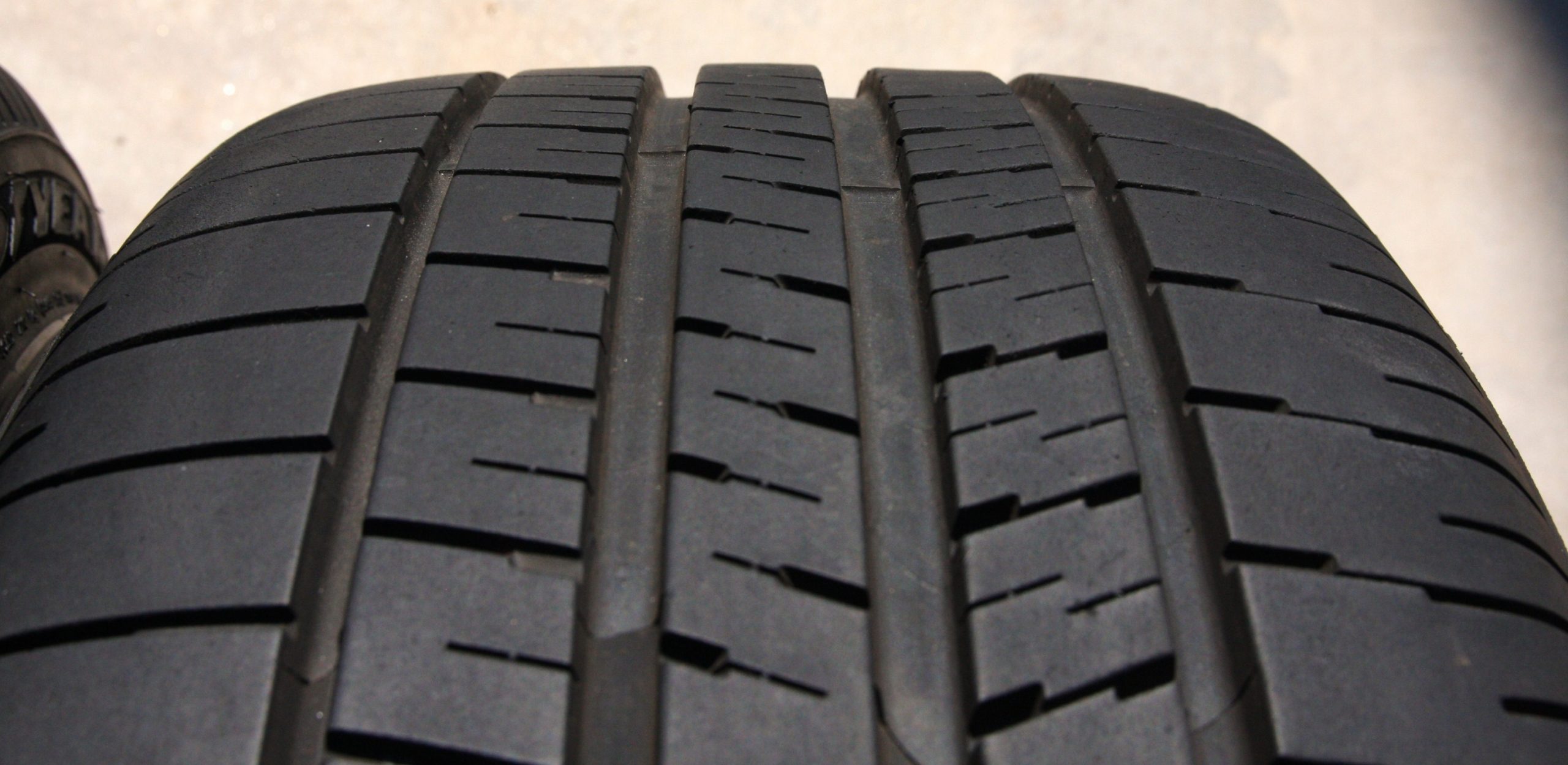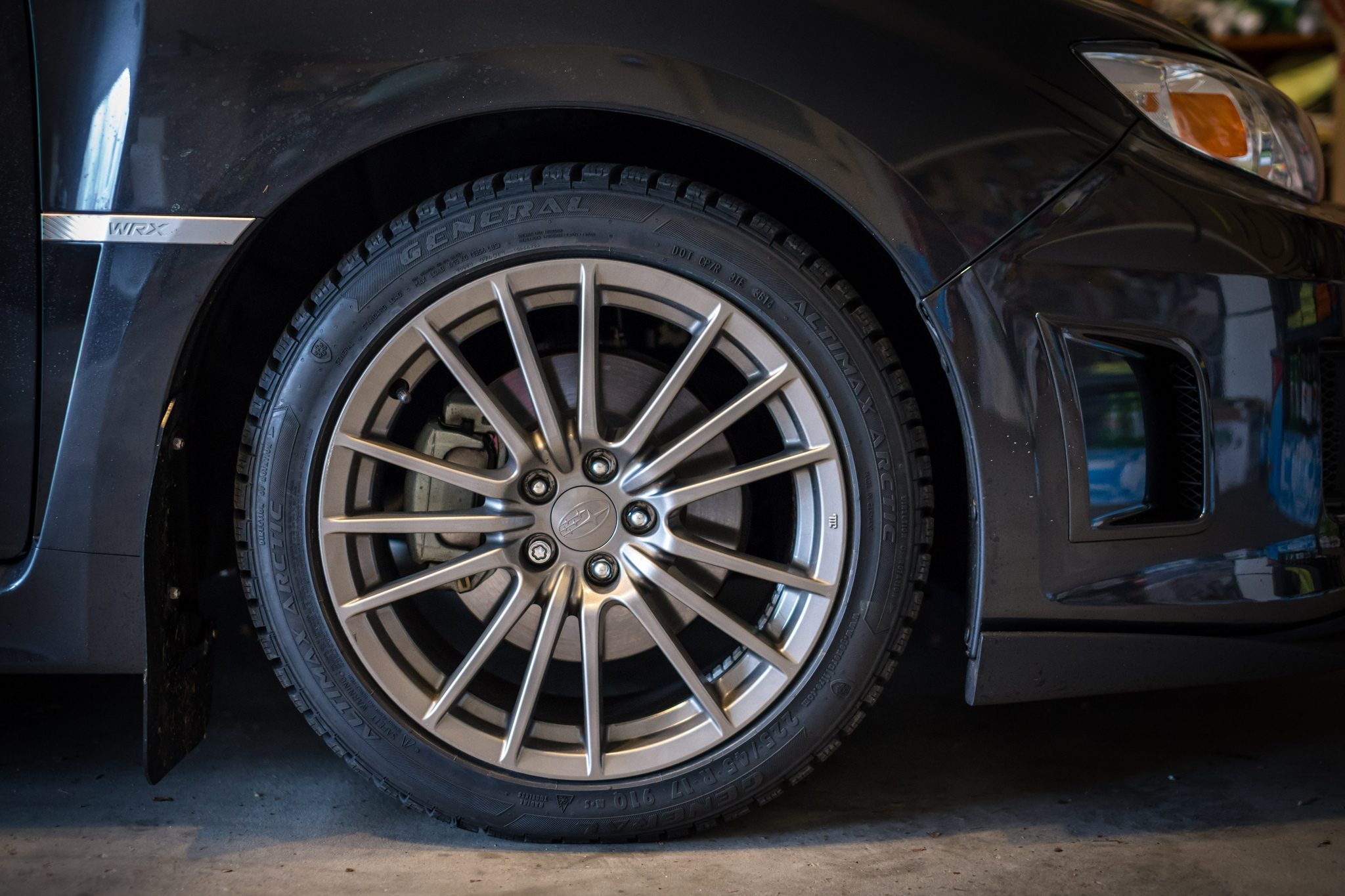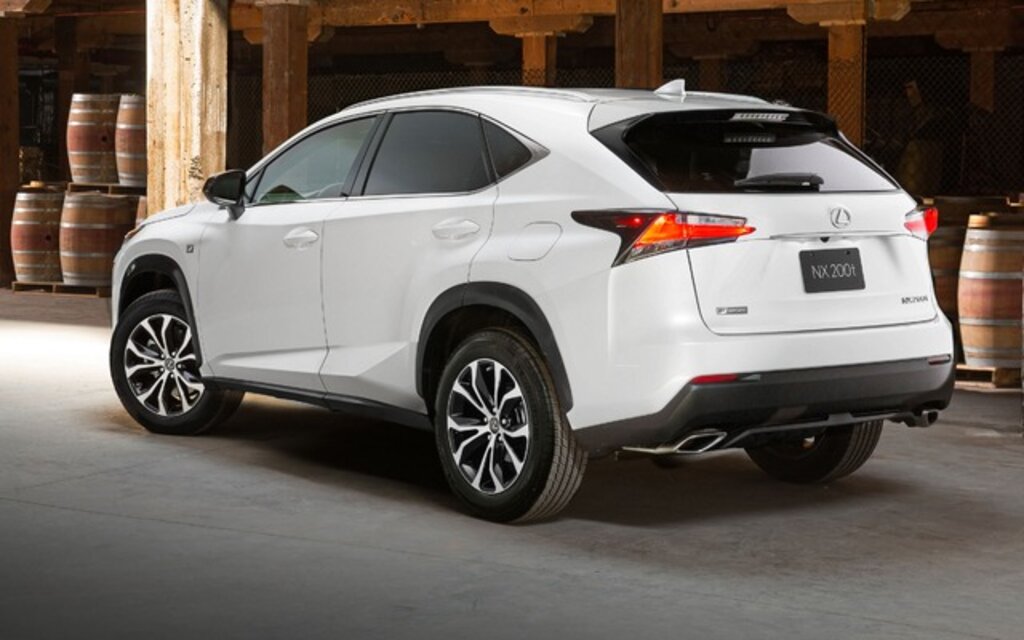The Ultimate Guide To Tires (Updated!)
Most of us don’t worry too much about our tires, even though they’re one of the most vital components of our car. They’re the one thing — or four things, if we’re being literal — that keep hundreds of pounds of steel, plastic and cloth connected to the road.
To help you pay a little more attention to your car’s tires, we’ve created an in-depth tire guide that consolidates all the information you’ll need to maintain this vital part of your car in one place.

How to Tell When to Get New Tires
If you don’t give your tires much thought, then you may find yourself in a position where you’re driving on bare tread or tires that have been worn all the way down to their steel belts. Not only is this not good for your car, but it can be dangerous to you as the driver as well. How can you tell when it’s time to get new tires? There are a few things you should look at, including:
- The age of your tires — When did you last have your tire replaced? If you’re not sure, you can always check the DOT code printed on the sidewall. Ideally your tires should be replaced every 5 years. At the very outside, 10 years is the maximum life on a set of well-maintained tires.
- The mileage you have driven — Most tires have a maximum number of miles they should be driven before they need to be replaced. This information is printed in the DOT code as well as in the information available when you purchase the tires.
If you don’t have either of these pieces of information, there are still steps you can take to determine if your tires need to be replaced.

Visually Inspect Your Tires
While this is not a foolproof method, if your tires are badly worn or showing signs of dry rot or damage, they can be easily spotted by a quick visual inspection. Checking your tires regularly will keep any problems from sneaking up on you.
This is also the time to look for irregular wear, which could be an indication of problems with your car’s alignment, or odd bubbles or divots in the treads or sidewall. Make sure you’re checking your lug nuts to make sure they’re not loose. These could indicate damage to the structure of the tire, which means the tire should be replaced as soon as possible.
Check the Depth of the Tread
This can be done in one of two ways. The first way is to use a tire tread depth gauge. You can pick them up for a couple of bucks at your local auto parts store if you don’t already have one. Simply insert the gauge in the thickest part of the tread and read the measurement.
If you don’t have a gauge, consider the “Penny Trick.” Hold a penny so Lincoln is upside down but facing you. Insert the penny into the thickest part of the tread. When you see the top of Lincoln’s head, it’s time to replace your tires. When the head is covered by the tread, you’re good to go for a while.
If you see anything weird on your tires, whether it’s a nail in the tread or a bubble on the sidewall, it’s a good idea to either replace the tires or take them in to be inspected by a professional. They’ll be able to provide the advice on how to handle your tires.
Inflating Tires: Under vs. Over Inflation
 Even if you don’t know anything about cars, you know your tires require air in order to carry you from point A to point B.
Even if you don’t know anything about cars, you know your tires require air in order to carry you from point A to point B.
When inflating your tires, there are a couple important things you should know.
- How to check your tire pressure.
- The proper inflation pressure for your particular type of tire.
Checking your tire pressure can be easy. All you need is a tire gauge and your tire. Be sure to check your car’s owner’s manual to find out what the recommended tire pressure is for your car. Note that this is only accurate if you’re using the stock tire size for your car – if not, you’ll have to check the manufacturing specifications of your tires to make sure you’re inflating them to the right pressure.
To check your tire pressure, remove one of the valve caps on your tire, and press your gauge to valve. You should hear a slight hiss of air and see your gauge react. If you’re using an analog gauge, the reading will pop out of the end of the gauge. A digital gauge, on the other hand, will show the reading in numbers, making it much easier to read if you’re not familiar with the analog version of the gauge.
Getting the Proper Inflation
Keeping your tires properly inflated can help prevent tire damage and failure, while helping to improve gas mileage. Leaving them overinflated can cause a variety of problems, including:
- Overinflated tires bulge, meaning the car’s weight is being concentrated to a central point rather than spread out over the entire tread of the tire. This causes the tire to wear unevenly, creating the potential for fail points.
- Susceptibility to puncture. Not only does overinflating your tire make your ride rougher, it makes it easier for sharp items to puncture the tire.
- Risk of blowout. An overinflated tire is more likely to suffer a blowout due to the excess air inside the tire.
While it might seem like leaving your tires a little underinflated might be the best way to avoid these problems, this has its own set of hazards, including:
- Uneven wear. Underinflated tires put more of the tire in contact with the road, leading to uneven wear.
- Chance of failure. Keeping your tire’s pressure a mere 6 psi below the recommended tire pressure can increase your chance of total tire failure.
- Poor fuel economy. That same 6 psi reduction can cost you 5% of your fuel economy. This is caused by the increased friction created by the underinflated tires.
Be Smart With Your Tires
It takes just a couple of minutes to check your tire pressure and make sure it’s within acceptable limits. That dollar that you spend in the gas station air compressor could save you hundreds of dollars in replacement tires in the long run.
What Kind of Tires are Right for Your Car?
Despite increasing competition for valuable rubber resources, the tire industry continues to grow. Net sales in 2015 exceeded $32 billion. With new technologies constantly driving the development of better performing, more efficient tire designs, consumers can easily find themselves overwhelmed.
The first question to ask yourself when choosing a set of tires to put on your car is, “What is the primary use for my vehicle?” The tires you mount on your family sedan are — perhaps not surprisingly — very different from those you would mount on a pickup truck. Looking closer, however, will reveal that you might even choose a different tire to use on a powerful European sports sedan vs. your daughter’s hand-me-down Honda Accord.
The Tire Selection Process
A good place to start when selecting new tires is the tires that came on your car. Pay attention to the size, tread-wear rating and tread pattern of those tires, and then make an evaluation based on how you feel they performed on the car. If you’re looking for better grip from your sports car, there are some extremely high performance tires available on the market, but they won’t last long, and will probably make a lot of noise on the road.
Conversely, if you don’t require the type of grip that would only be a factor at the racetrack, you can choose a longer wearing tire with a lower performance rating. This will usually deliver a more agreeable ride, less road noise and a longer life. That’s money in the bank right there.
Lastly, there are specialty tires like off-road or snow tires that have their own unique performance characteristics. If you know your vehicle will use a niche tire like these, you can do more specific research into what’s available.
Do You Need Snow Tires?
Some of us will spend our entire lives without driving in the white stuff, but for those who do, there’s a difficult decision to make about how to outfit your car. Few places on Earth require year-round snow tires to navigate, as most municipalities plow roads and the weather just doesn’t make it necessary when storms aren’t dumping fresh powder on you.
If you do live in a cold climate where slippery roads make normal tires obsolete, we recommend that you mount snow tires on your car. Snow tires come in studded and non-studded varieties. If you use studded tires, you’ll need to make sure that you remove them once conditions change, because driving with them in dry conditions can damage the road.
When driving in the snow, it’s important to understand just how much traction your car has. A good technique to use is to find a stretch of road where you’re alone so that you don’t endanger other drivers, and then apply the brakes or accelerator forcefully for a very short time. You will notice very quickly if the car slips. If this sounds like hoonery, it’s not. Knowing whether you can stop or perform a quick pass is important for your safety and the safety of others.
Even without four-wheel-drive, the addition of snow tires can significantly increase your car’s traction and make driving in wintery conditions more safe. You’ll be able to stop more quickly, and you won’t be as susceptible to sudden losses of traction under acceleration or cornering forces if you hit a particularly slippery patch of road.
If you know that you’ll be driving in snow for at least part of the year, we suggest finding a cheap set of spare wheels to mount the snow rubber on. That way, you can simply swap out your wheels without the need to visit a tire shop when conditions change.
Getting the Best Deal on new Tires
Here’s something you may not realize — you can haggle with retailers on the price of tires. It’s not as much a free market as, for example, making an offer on a car, because larger discount retailers like Sears and Costco don’t have much margin to give up on a set of new tires. However if you’re going through a dealership or smaller maintenance facility and know what you want, it’s likely you can knock a couple bucks off the bottom line by doing your homework.
Before you visit the shop where you’ll purchase the tires, know exactly which brand and model you want. Oftentimes you can find deals online that are cheaper than a local vendor, and make sure you’ve got evidence to present. The shop you visit will likely rather match their price than lose the sale to an online competitor.
There might even be additional savings available beyond the first price quote you receive. Have a second and third option in mind to see whether the seller is better able to offer you a discounted rate for those tires, and make sure that the prices you’re being shown include the additional cost of installation and balancing. These services are required unless you’ve got a tire shop in your garage.
The last thing to keep in mind is always be respectful and polite. Many shops will tell you that discounts can vary based on customer attitude.




